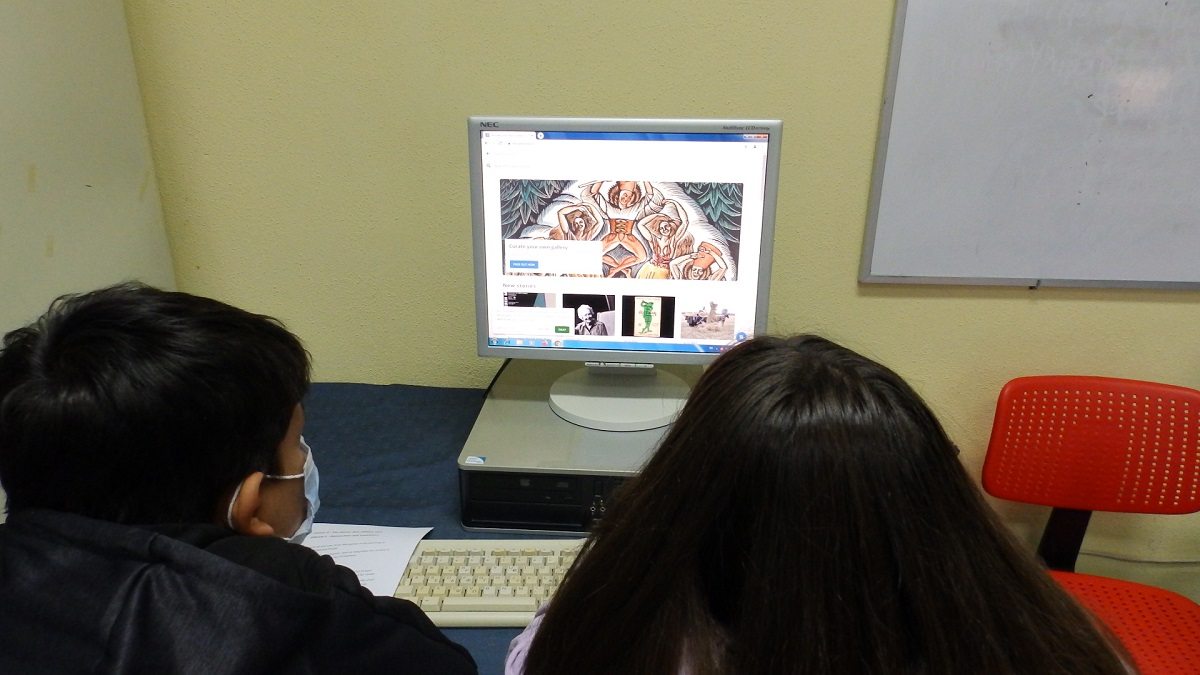Congratulations on your success in Built with Bits! Can you tell us about your institution?
Iraklia’s Junior High School is a public secondary school in a rural area in Serres, Central Macedonia, Greece. The school community comprises 150 students and 20 teachers. The school was built in the 1960s and started operating as a public school in 1976. Since then, a lot has changed but most importantly, the school’s technological infrastructure. This year the teachers' association, in cooperation with the local authorities, equipped the school with computers, projectors, interactive whiteboards and tablets to help teachers to integrate technology into everyday classroom practice. The Built with Bits program was the ideal opportunity to test the equipment and attempt teaching with technology in real time.
Why did you apply to take part in Built with Bits?
I have been a member of the Europeana DSI-4 project for two years. My experience has been invaluable and the collaboration with colleagues and the rest of the Europeana teachers, facilitators, ambassadors and organisers has been excellent. The Built with Bits program was something new and innovative and I applied to take part and try it out with my students. I wanted to test my equipment, experience and students’ knowledge and competences in using new technologies in the classroom. I was sure that the program would be a success given my experience so far working with European Schoolnet and Europeana.
Tell us about your winning entry!
‘Children’s Games’ is a learning scenario (LS) developed in the framework of the New European Bauhaus – Built with Bits project. The LS combines various teaching approaches such as Artful Thinking, Flipped Classroom and Differentiated Instruction.
The LS was inspired by Children’s Games, a painting created by Pieter Bruegel the Elder in 1560. The painting depicts about 200 children playing more than 80 games, attesting to the inventiveness and creativity of the children in their self-structured play. Children learn not only through the disciplines and traditional schooling but also through play. Playing is an integral part of growing up and of becoming a responsible and respectful adult, a future citizen of the world.
In the LS, students researched games that children played in the past and compared and contrasted them with games they play today, in the schoolyard, neighborhood and streets. They used various online and offline tools to implement the activities, they played the games at the schoolyard, took pictures and recorded videos which they uploaded to the virtual space they had created. Most importantly, they had fun during the process.






